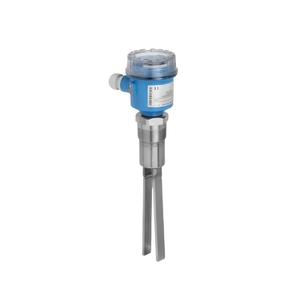Introduction to Vibration Meter Level
A vibration meter level is an essential instrument used to measure the vibration levels of machinery and equipment. Accurate monitoring of vibration is crucial for maintaining operational efficiency in various industries. With advancements in technology, modern vibration meters provide precise readings, enabling proactive maintenance and minimizing downtime. Whether you're in manufacturing, construction, or any heavy machinery environment, a vibration meter level is vital for ensuring machinery reliability and safety.
Types of Vibration Meter Levels
Understanding the different types of vibration meter levels can help you choose the right instrument for your specific needs. Here are the most common types:
- Handheld Vibration Meters: Ideal for portable usage, these devices are used for spot checking vibration levels in the field.
- Fixed Vibration Sensors: Installed permanently on machinery, these sensors continuously monitor vibration levels and provide real-time data.
- Wireless Vibration Monitoring Systems: Utilizing IoT technology, these systems transmit data wirelessly, enabling remote monitoring and analysis.
- Data Loggers: Designed to store vibration data over time, these devices allow for trend analysis and detailed reporting.
Functionality and Features of Vibration Meter Levels
Vibration meter levels come equipped with various features that enhance their functionality. Here’s what to expect:
- Measurement Range: Most vibration meters can measure vibrations across various frequencies, typically from 10 Hz up to 1 kHz.
- Display Type: Many models feature digital displays that provide clear and easy-to-read results, with options for backlighting.
- Data Analysis Tools: Some vibration meters include software that allows for data analysis and visualization, aiding in identifying trends.
- Batteries and Power Supply: Look for meters with long battery life or rechargeable options for extended field use.
Applications of Vibration Meter Levels
Vibration meter levels serve a wide array of applications across different industries:
- Industrial Manufacturing: Used to monitor the health of machinery such as motors, pumps, and compressors.
- HVAC Systems: Ensures that heating, ventilation, and air conditioning systems operate smoothly, preventing potential failures.
- Automotive Industry: Used during vehicle testing to study vibrations that might affect comfort or durability.
- Construction Equipment: Helps in assessing the operational efficiency of heavy machinery and prevents overexertion wear.
Advantages of Using Vibration Meter Levels
Employing vibration meter levels offers numerous advantages, making them invaluable for operational safety and efficiency:
- Early Detection of Problems: Regular monitoring allows for the early detection of vibrational anomalies, preventing potential breakdowns.
- Increased Machine Lifespan: By ensuring machines operate within optimal vibration parameters, maintenance costs are reduced, and the lifespan is extended.
- Enhanced Safety: Monitoring vibrations can help in identifying machines that pose hazard risks, ensuring a safer work environment.
- Cost Efficiency: Minimizing unexpected downtimes directly correlates to increased productivity and cost savings.




























































































































































































